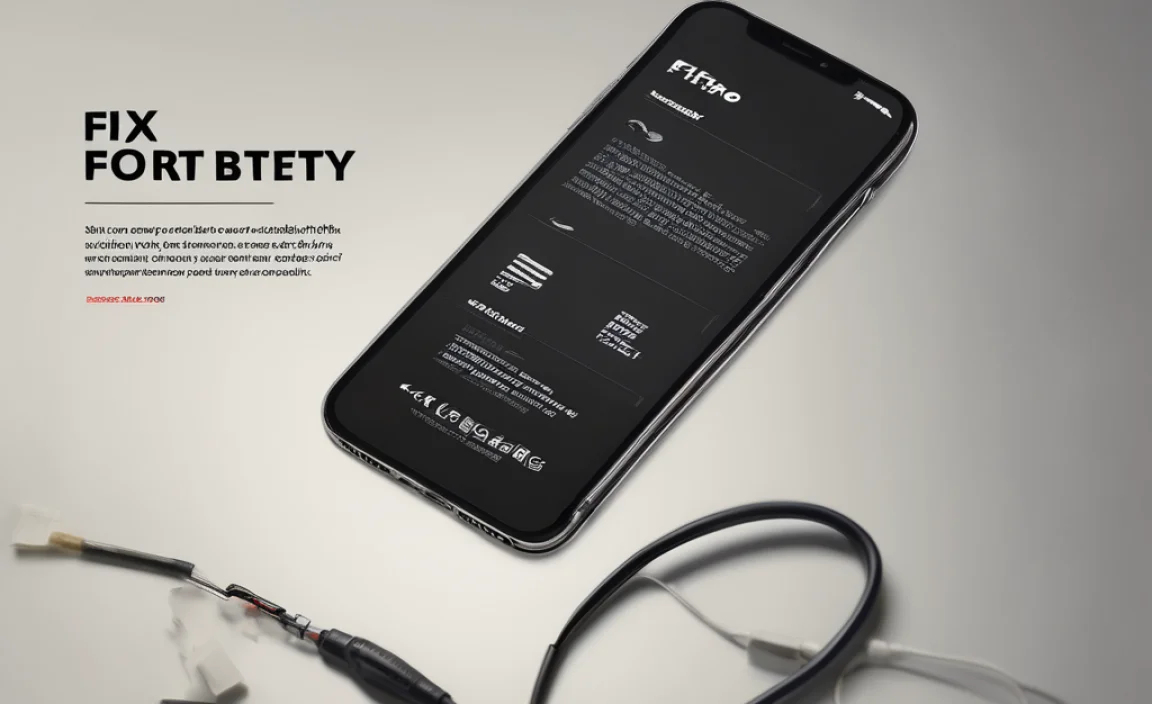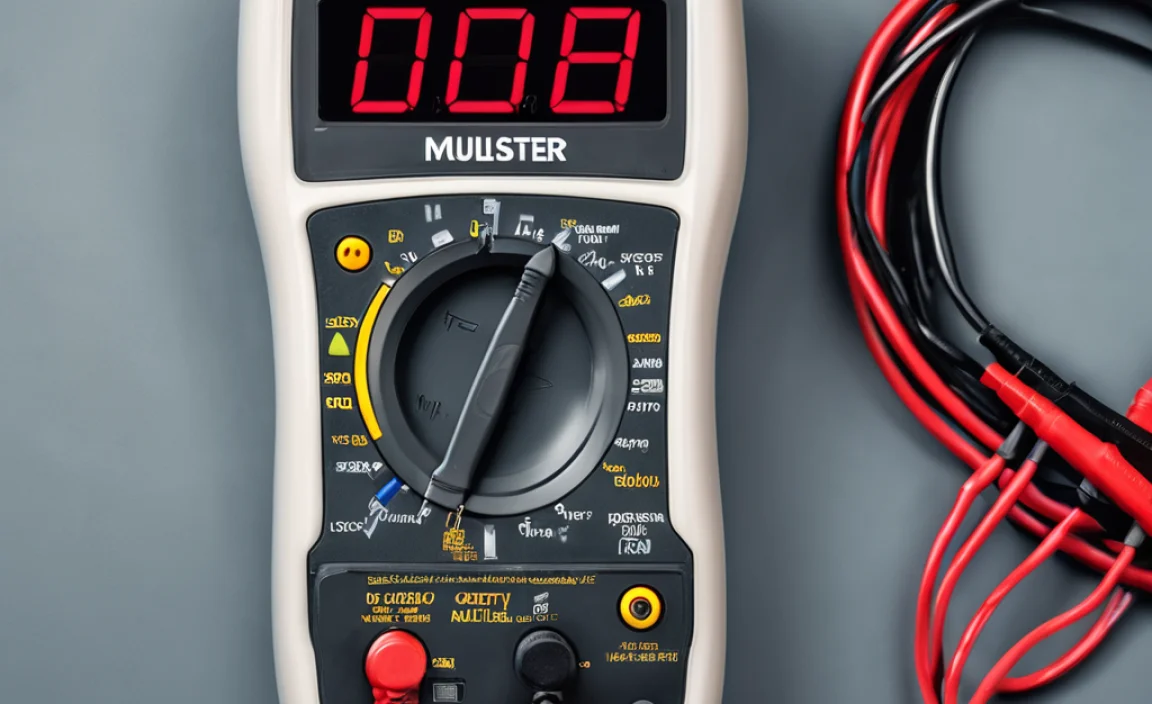Enhancing Independence: The Best Adaptive Devices for Stroke Patients
Adaptive devices for stroke patients represent a powerful and often transformative avenue for regaining independence and improving quality of life after a stroke. These specially designed tools and equipment are crafted to overcome the physical and cognitive challenges that can arise following a cerebrovascular accident, empowering individuals to perform daily tasks with greater ease and confidence. From the moment of discharge from rehabilitation to navigating everyday life at home, the right adaptive devices can make a significant difference in a stroke survivor’s journey towards recovery and autonomy.
The impact of a stroke can be varied and profoundly personal, affecting motor skills, speech, cognition, and sensory perception. This can manifest as difficulty with fine motor movements like buttoning a shirt, challenges with balance and mobility, issues with communication, or struggles with cognitive tasks such as remembering appointments or following multi-step instructions. Recognizing these diverse needs is the first step in identifying the most beneficial adaptive solutions. The “best” adaptive devices are not universal; they are those that are precisely tailored to the individual’s specific limitations, environment, and personal goals.
Understanding the Spectrum of Adaptive Devices
The array of adaptive devices for stroke patients is broad, catering to a wide range of functional impairments. These devices can generally be categorized by the area of life they aim to support.
For the Kitchen and Dining:
Meal preparation and enjoyment are fundamental aspects of daily living. For stroke survivors with weakened grip strength or limited hand dexterity, adaptive utensils can be a game-changer. Utensils with built-up handles provide a larger, more comfortable grip, reducing strain. Swivel utensils can adjust to the user’s hand position, making it easier to bring food to the mouth. Rocker knives allow for easier cutting with a rocking motion, requiring less wrist strength. Additionally, weighted utensils can help stabilize tremors. For those who struggle to open jars and containers, specialized jar openers and easy-grip lids can restore independence in grocery shopping and food preparation. Adaptive cutting boards with built-in stabilizers can secure food items, allowing for safer chopping.
For Personal Care and Dressing:
Maintaining personal hygiene and dressing oneself are crucial for dignity and self-esteem. Adaptive devices for stroke patients in this category focus on simplifying these often-challenging tasks. Long-handled combs and brushes can reach hair without requiring extensive arm or shoulder movement. Reachers or grabbers are invaluable for picking up dropped items, putting on socks or shoes, or reaching for items in closets and drawers, thus minimizing bending and stretching. Dressing sticks can help with pulling on garments, while button hooks and zipper pulls assist with fasteners that require fine motor skills. Elastic shoelaces eliminate the need for tying, and a long-handled shoehorn can make putting on shoes much easier. Shower chairs or transfer benches provide a stable and safe seating option for bathing, reducing the risk of falls.
For Mobility and Safety:
Mobility is often significantly impacted by stroke. Adaptive devices here are designed to enhance stability, prevent falls, and facilitate movement around the home and community. Canes and walkers offer crucial support for balance and weight-bearing. Different types of walkers, from basic frames to those with wheels and seats, can be chosen based on the user’s needs and the environment they navigate. Grab bars installed in bathrooms and hallways provide secure handholds. Non-slip bath mats and adhesive strips for the shower floor are essential safety measures. In the home, ramps can be installed to overcome steps, and stairlifts can assist with multi-level living. For those who require powered assistance, mobility scooters or wheelchairs can offer a greater range of independent travel.
For Communication and Cognitive Support:
When stroke affects speech or cognitive functions, adaptive devices can bridge communication gaps and aid in daily organization. Speech-generating devices (SGDs) or communication boards allow individuals to express their needs and thoughts when verbal communication is difficult. Large-button phones simplify making calls. Visual aids, such as memory books, calendars with large print, and pill organizers with daily compartments, can help manage appointments, medications, and daily routines, supporting cognitive recovery and reducing frustration.
Selecting the Best Adaptive Devices for Stroke Patients
The “best” approach to selecting adaptive devices for stroke patients is a collaborative and personalized one. It typically involves a multidisciplinary team, including the stroke survivor, their family, occupational therapists, physical therapists, and physicians.
Individual Assessment: A thorough assessment of the individual’s current functional abilities, limitations, and home environment is the cornerstone of effective device selection. This goes beyond just identifying what the person cannot do and focuses on enabling them to do what they want to do.
Goal Setting: What are the patient’s priorities? Do they want to be able to cook for themselves again? Or perhaps their primary goal is to safely navigate their home independently? Clearly defined goals guide the selection process.
Trial and Error: It’s rare that the first device tried is the perfect fit. Many rehabilitation centers offer loaner programs or have clinicians experienced in demonstrating and suggesting various options. Trying out different devices in real-life scenarios is crucial.
Training and Education: Simply providing a device is not enough. Proper training on how to use the device effectively and safely is essential for maximizing its benefits and preventing misuse. Families and caregivers should also be educated on how to support the stroke survivor’s use of these devices.
* Regular Review: As a stroke survivor progresses in their recovery, their needs will change. It’s important to periodically re-evaluate the effectiveness of existing adaptive devices and consider if new or different tools are needed.
The journey following a stroke can be challenging, but with the judicious and thoughtful application of adaptive devices for stroke patients, individuals can reclaim a significant degree of their independence, enhance their safety, and ultimately, lead more fulfilling and empowered lives. These devices are not a substitute for rehabilitation, but rather powerful allies in the ongoing process of recovery and adaptation.


